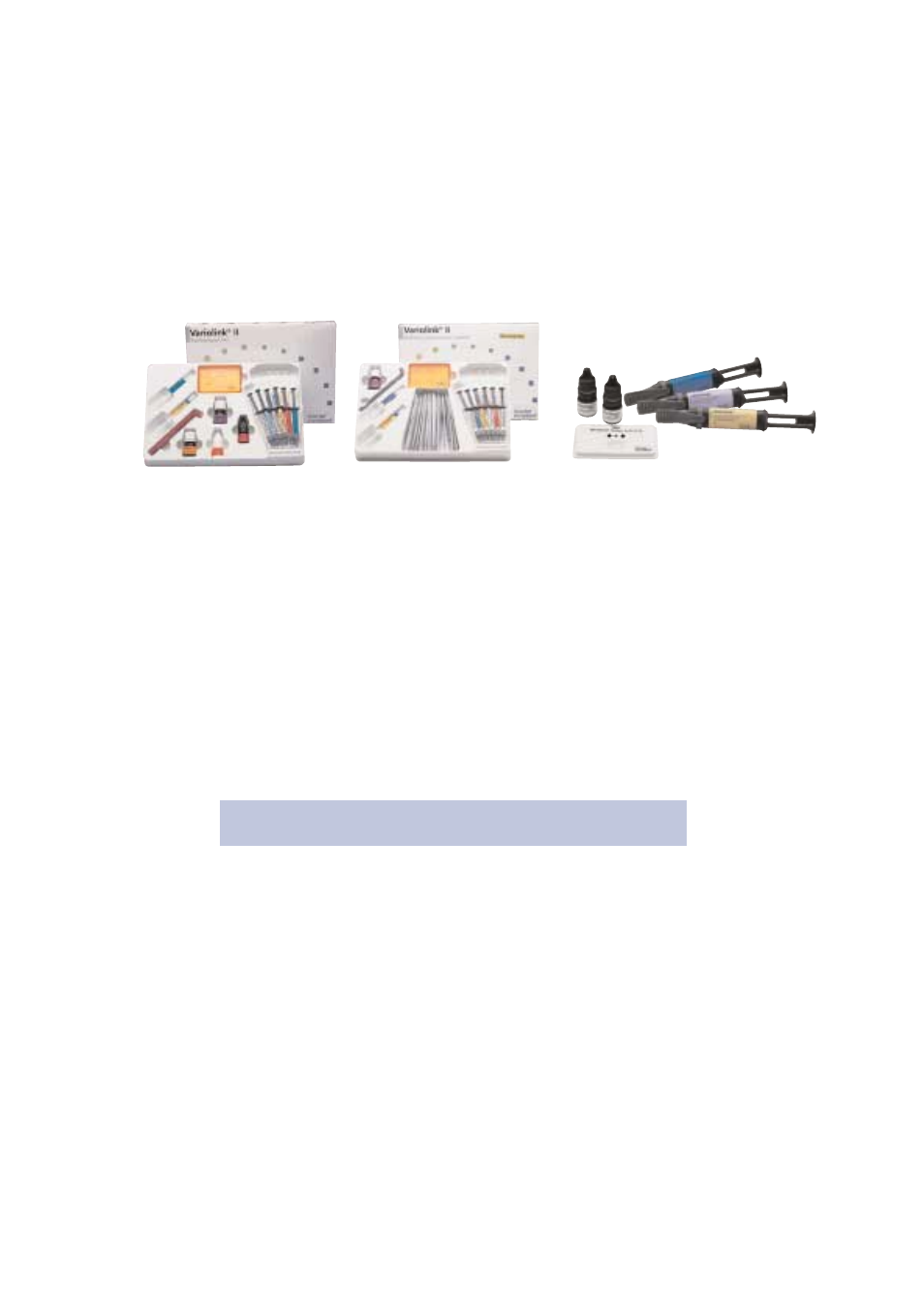Ivoclar Vivadent Vectris User Manual
Page 28

28
C E M E N TAT I O N
Adhesive cementation of metal-free restorations results in a tight bond between the restoration and prepared tooth. Such
a bond enhances the fracture resistance of the restoration. The translucent shade of the adhesive and the virtually invisible
margins promote the aesthetic appearance of the restoration. The following materials are suitable for the adhesive
cementation method:
– Variolink II (CEM Kit Professional Set or CEM Kit Esthetic Cementation System)
– Multilink
Temporary cementation
Zinc oxide containing temporary cements are suitable for metal-free long-term temporaries that are intended to remain
in the oral cavity for a maximum duration of 12 months.
Preparing the restoration for cementation
The contact surfaces of the restoration are roughened with type 100 Al
2
0
3
at 1 bar (14.5 psi) pressure in the laboratory
to promote chemical bonding with the luting composite. Following the try-in and subsequent cleaning, the contact
surfaces are again roughened using a 25 µm finishing diamond. This step is carried out immediately before adhesive
cementation. Finally the surfaces are silanized (e.g. with Monobond S) to enable a chemical bond.
Please refer to the SR Adoro Clinical Guide for further information on appropriate
cementation techniques.
